Legendary Guitarists That Inspired My Generation
From Eric Clapton to Jimi Hendrix: Exploring the Legendary Guitarists of All Time
Do you hear that iconic riff from Layla or the blistering solos of Purple Haze? You can thank legendary guitarists like Eric Clapton and Jimi Hendrix for those unforgettable sounds. In this article, we will delve into the lives and music of these two guitar virtuosos, exploring their impact on the world of rock and roll.
Eric Clapton, known as "Slowhand," gained fame as the lead guitarist for bands like Cream and Derek and the Dominos. With his fluid playing style and soulful bluesy sound, Clapton influenced generations of guitarists to come. From the iconic riff in "Sunshine of Your Love" to the emotional solo in "Tears in Heaven," Clapton's guitar work is unmistakable.
Jimi Hendrix, the self-taught guitar maestro, pushed the boundaries of what could be done with an electric guitar. His innovative techniques, like playing the guitar with his teeth or behind his back, wowed audiences around the world. Hendrix's masterpieces like "Purple Haze" and "Little Wing" continue to inspire and captivate guitarists of all levels.
Prepare to be taken on a journey through the lives and legacies of these two guitar gods whose music continues to resonate with fans young and old.
Eric Clapton - The Godfather of Blues Rock
Eric Clapton, known as "Slowhand," gained fame as the lead guitarist for bands like Cream and Derek and the Dominos. With his fluid playing style and soulful bluesy sound, Clapton influenced generations of guitarists to come. From the iconic riff in "Sunshine of Your Love" to the emotional solo in "Tears in Heaven," Clapton's guitar work is unmistakable.
Born in Ripley, Surrey, England, in 1945, Clapton developed a passion for music at a young age. He began playing guitar in his teens and quickly gained recognition for his exceptional talent. Clapton's love for the blues led him to explore the works of great blues artists like Robert Johnson and B.B. King, which greatly influenced his playing style.
Clapton's career took off in the 1960s when he joined the British blues-rock band, John Mayall & the Bluesbreakers. His guitar skills were highly regarded, earning him the nickname "God" among fans. Clapton's bluesy guitar solos in songs like "All Your Love" showcased his ability to evoke powerful emotions through music.
Moving on to bands like Cream and Derek and the Dominos, Clapton continued to refine his playing style, incorporating elements of blues, rock, and even jazz into his music. His collaboration with musicians like Ginger Baker and Jack Bruce resulted in timeless classics like "White Room" and "Layla." Clapton's guitar work in these songs showcased his technical prowess and creativity.
Overall, Eric Clapton's contribution to the world of guitar playing is immeasurable. His ability to blend various genres and create soul-stirring melodies has left an indelible mark on the music industry. Clapton's influence can be felt in the works of countless guitarists who have followed in his footsteps.
Jimi Hendrix - The Electric Guitar Genius
Jimi Hendrix, the self-taught guitar maestro, pushed the boundaries of what could be done with an electric guitar. His innovative techniques, like playing the guitar with his teeth or behind his back, wowed audiences around the world. Hendrix's masterpieces like "Purple Haze" and "Little Wing" continue to inspire and captivate guitarists of all levels.
Born in Seattle, Washington, in 1942, Hendrix had a natural talent for music. He began playing the guitar at a young age and quickly developed a unique style that combined blues, rock, and psychedelic elements. Hendrix's guitar playing was characterized by his virtuosity, experimental approach, and raw emotion.
Hendrix's breakthrough came when he moved to London in 1966 and formed the Jimi Hendrix Experience. His debut album, "Are You Experienced," showcased his innovative guitar playing and songwriting skills. Tracks like "Hey Joe" and "Foxy Lady" became instant classics, solidifying Hendrix's status as a guitar virtuoso.
What set Hendrix apart from other guitarists of his time was his ability to manipulate the sound of the guitar in unprecedented ways. He used techniques like feedback, distortion, and whammy bar dives to create a sonic experience like no other. Hendrix's performances at iconic events like Woodstock and Monterey Pop Festival further cemented his reputation as a boundary-pushing artist.
Tragically, Hendrix's life was cut short at the age of 27, but his legacy lives on. His influence can be heard in the works of guitarists from every genre, from rock to metal to jazz. Hendrix's innovative playing style and his ability to transcend the limitations of the instrument continue to inspire generations of musicians.
Jimmy Page - The Mastermind Behind Led Zeppelin
Jimmy Page, the legendary guitarist and founder of Led Zeppelin, is widely regarded as one of the greatest guitarists in rock history. With his powerful riffs, intricate solos, and innovative use of guitar effects, Page revolutionized the sound of rock music.
Born in Heston, Middlesex, England, in 1944, Page began his career as a session musician, playing on numerous recordings for artists like the Rolling Stones and the Who. It was during this time that he honed his skills as a versatile and creative guitarist.
In 1968, Page formed Led Zeppelin, a band that would go on to become one of the most influential rock acts of all time. Page's guitar work in songs like "Stairway to Heaven" and "Whole Lotta Love" showcased his technical proficiency and his ability to create memorable hooks.
Page's playing style was characterized by his use of heavy distortion, intricate fingerpicking, and his ability to seamlessly switch between rhythm and lead guitar. His songwriting contributions and his collaboration with singer Robert Plant resulted in a catalog of timeless classics that continue to resonate with audiences today.
Additionally, Page's use of guitar effects, such as the famous bowing technique in "Dazed and Confused," added a new dimension to his playing and further showcased his inventiveness. His guitar solos were not just displays of technical prowess but were also deeply emotive, creating a sense of drama and intensity.
Jimmy Page's impact on the world of guitar playing cannot be overstated. His innovative approach to songwriting, his mastery of the instrument, and his ability to create unforgettable guitar riffs have solidified his status as a true guitar legend.
Eddie Van Halen - The Innovator of Guitar Techniques
Eddie Van Halen, the co-founder and lead guitarist of the band Van Halen, forever changed the landscape of rock guitar with his virtuosic playing and groundbreaking techniques. From his lightning-fast solos to his innovative use of tapping, Van Halen's influence can be heard in the playing of countless guitarists.
Born in Amsterdam, Netherlands, in 1955, Van Halen moved to the United States at a young age. He and his brother Alex formed the band Van Halen in the 1970s, and their self-titled debut album catapulted them to stardom. Van Halen's guitar playing was a perfect blend of technical skill, melody, and raw energy.
One of Van Halen's most notable contributions to guitar playing was his use of the two-handed tapping technique. This technique involved using both hands on the fretboard to create rapid-fire, melodic lines. Van Halen's groundbreaking solo in "Eruption" showcased his mastery of tapping and became one of the most iconic guitar solos of all time.
In addition to his innovative techniques, Van Halen's guitar tone and use of effects were also influential. His use of the "brown sound," a warm and crunchy tone achieved by combining a high-gain amplifier with various effects pedals, became synonymous with his playing style. Van Halen's solos in songs like "Hot for Teacher" and "Jump" demonstrated his ability to blend technicality with melodic hooks.
Eddie Van Halen's impact on the world of guitar playing cannot be overstated. His mastery of techniques and his ability to create melodic and memorable solos have inspired generations of guitarists. Van Halen's contributions to the genre continue to be celebrated long after his passing in 2020.
Slash - The Iconic Guitarist of Guns N' Roses
Slash, the iconic lead guitarist of Guns N' Roses, is known for his distinctive top hat, sunglasses, and his soulful and melodic guitar playing. With his bluesy solos and catchy riffs, Slash became one of the most recognizable guitarists of the late 1980s and early 1990s.
Born Saul Hudson in London, England, in 1965, Slash moved to Los Angeles at a young age. It was there that he formed Guns N' Roses, a band that would go on to achieve worldwide success. Slash's guitar playing was a perfect blend of classic rock influences, bluesy licks, and a touch of punk attitude.
One of Slash's most iconic contributions to guitar playing is his ability to create memorable and melodic guitar solos. His solos in songs like "Sweet Child o' Mine" and "November Rain" are etched into the collective memory of rock fans. Slash's use of pentatonic scales, bending techniques, and his ability to create emotional melodies set him apart as a true guitar virtuoso.
In addition to his solos, Slash's guitar riffs were also a defining element of Guns N' Roses' sound. From the opening riff of "Welcome to the Jungle" to the infectious groove of "Paradise City," Slash's riffs were instantly recognizable and helped define the band's sound.
Slash's influence extends beyond his work with Guns N' Roses. His collaborations with other artists, such as Michael Jackson and Lenny Kravitz, showcased his versatility and ability to adapt to different musical styles. Slash's timeless guitar playing continues to inspire guitarists around the world, and his status as a rock icon remains unshakable.
Stevie Ray Vaughan - The King of Texas Blues
Stevie Ray Vaughan, the legendary guitarist from Texas, is often hailed as one of the greatest blues guitarists of all time. With his fiery playing style and soulful tone, Vaughan brought the blues back into the spotlight and captivated audiences with his virtuosity.
Born in Dallas, Texas, in 1954, Vaughan began playing guitar at a young age. He was heavily influenced by blues legends like Jimi Hendrix, B.B. King, and Albert King. Vaughan's playing style combined elements of blues, rock, and jazz, creating a unique sound that was both powerful and deeply emotive.
Vaughan's breakthrough came in the early 1980s when he formed the band Double Trouble. Their debut album, "Texas Flood," showcased Vaughan's exceptional guitar skills and his ability to channel raw emotion through his playing. Tracks like "Pride and Joy" and "Crossfire" became instant classics, earning Vaughan critical acclaim.
What set Vaughan apart as a guitarist was his ability to blend technicality with soulfulness. His blistering guitar solos, like the one in "Tin Pan Alley," showcased his incredible speed and precision. At the same time, his ability to infuse every note with emotion made his playing relatable and deeply moving.
Tragically, Vaughan's life was cut short in a helicopter crash in 1990, but his impact on the world of guitar playing continues to be felt. His influence can be heard in the playing of countless blues, rock, and even metal guitarists. Vaughan's legacy as the King of Texas Blues will forever be etched in music history.
Carlos Santana - The Fusion of Latin and Rock
Carlos Santana, the Mexican-American guitarist and founder of the band Santana, is known for his fusion of rock, Latin, and jazz influences. With his soulful playing and infectious rhythms, Santana brought a new sound to the world of guitar music.
Born in Autlán de Navarro, Mexico, in 1947, Santana started playing guitar at a young age. His unique playing style combined elements of blues, rock, and traditional Latin music, creating a sound that was both energetic and melodic. Santana's use of Latin percussion instruments, such as congas and timbales, added a rhythmic complexity to his music.
Santana's breakthrough came with the release of the band's self-titled debut album in 1969. The album's lead single, "Evil Ways," became a hit and introduced the world to Santana's distinctive guitar playing. Tracks like "Black Magic Woman" and "Oye Como Va" showcased Santana's ability to seamlessly blend rock and Latin rhythms.
What sets Santana apart as a guitarist is his ability to create melodic and memorable guitar solos. His solos in songs like "Europa (Earth's Cry Heaven's Smile)" and "Samba Pa Ti" are often described as lyrical and deeply emotional. Santana's playing exudes passion and spirituality, creating a transcendent experience for both the listener and the performer.
Santana's influence extends beyond his guitar playing. His collaborations with artists from various genres, such as Rob Thomas, Michelle Branch, and even classical violinist Itzhak Perlman, showcase his versatility and willingness to explore new musical territories. Santana's unique fusion of rock and Latin rhythms continues to inspire guitarists and musicians around the world.
Joe Satriani - The Virtuoso of Instrumental Rock
Joe Satriani, the virtuoso guitarist and renowned instrumental rock musician, is known for his technical precision and melodic compositions. With his lyrical playing style and innovative use of guitar effects, Satriani has become one of the most respected guitarists in the world.
Born in Westbury, New York, in 1956, Satriani began playing guitar at a young age. He studied music at the Berklee College of Music and later taught guitar to students like Steve Vai and Kirk Hammett. Satriani's playing style is characterized by his use of legato techniques, sweep picking, and his ability to create intricate melodies.
Satriani's breakthrough came with the release of his debut album, "Surfing with the Alien," in 1987. The album showcased his technical prowess and melodic sensibility, earning him critical acclaim and a dedicated fan base. Tracks like the title track and "Satch Boogie" demonstrated Satriani's ability to create complex yet accessible instrumental rock music.
In addition to his solo work, Satriani has collaborated with numerous artists, including Deep Purple, Mick Jagger, and Steve Vai. His contributions to these collaborations often include his signature melodic guitar solos, adding depth and texture to the music.
Satriani's influence as a guitarist extends beyond his own music. His teaching methods and instructional materials have inspired countless guitarists to reach new heights of technical proficiency. Satriani's dedication to his craft and his ability to create captivating instrumental music have solidified his status as a true guitar virtuoso.
Conclusion: Their Legacy and Influence in the World of Music
The guitarists mentioned in this article,




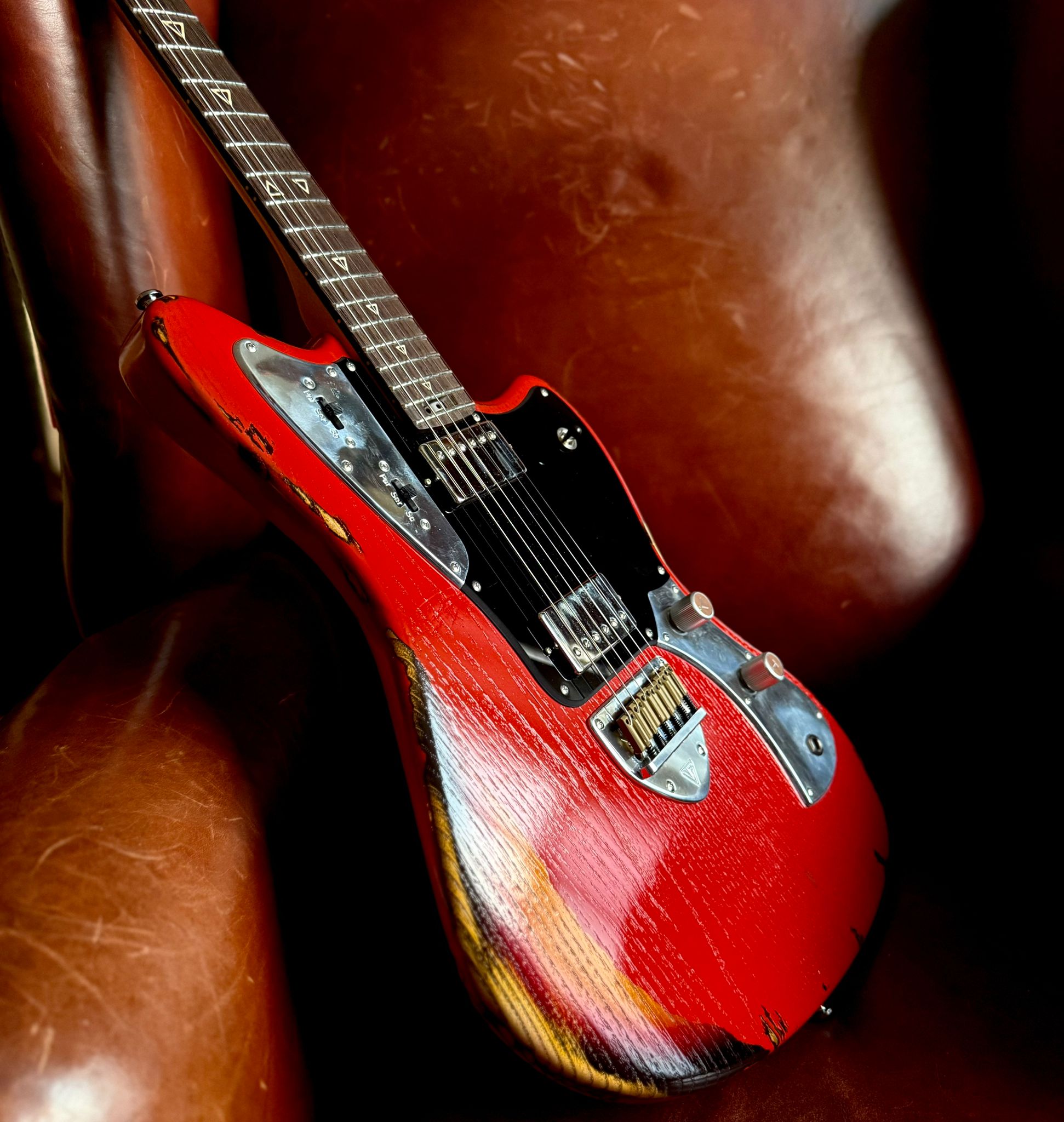
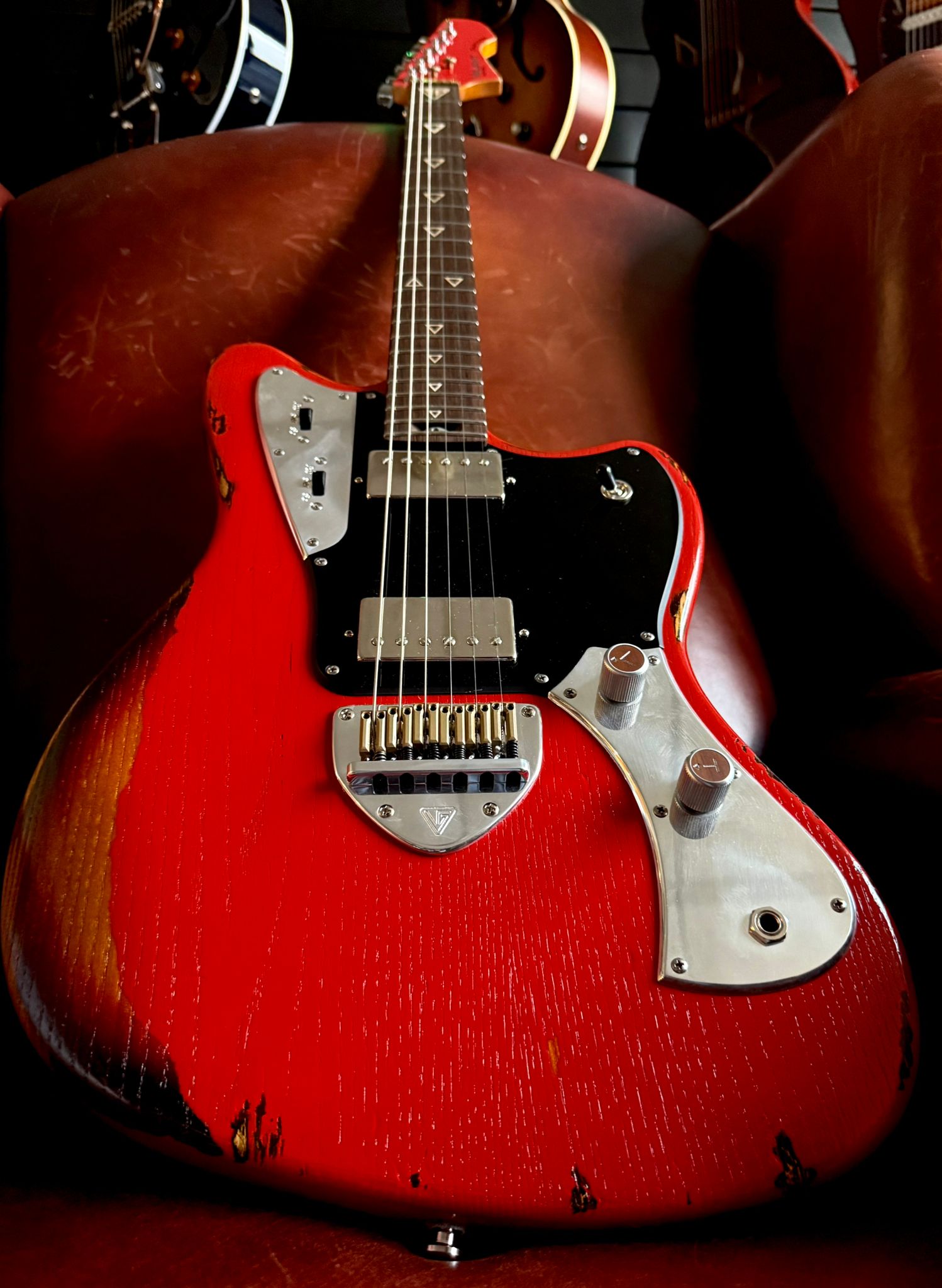








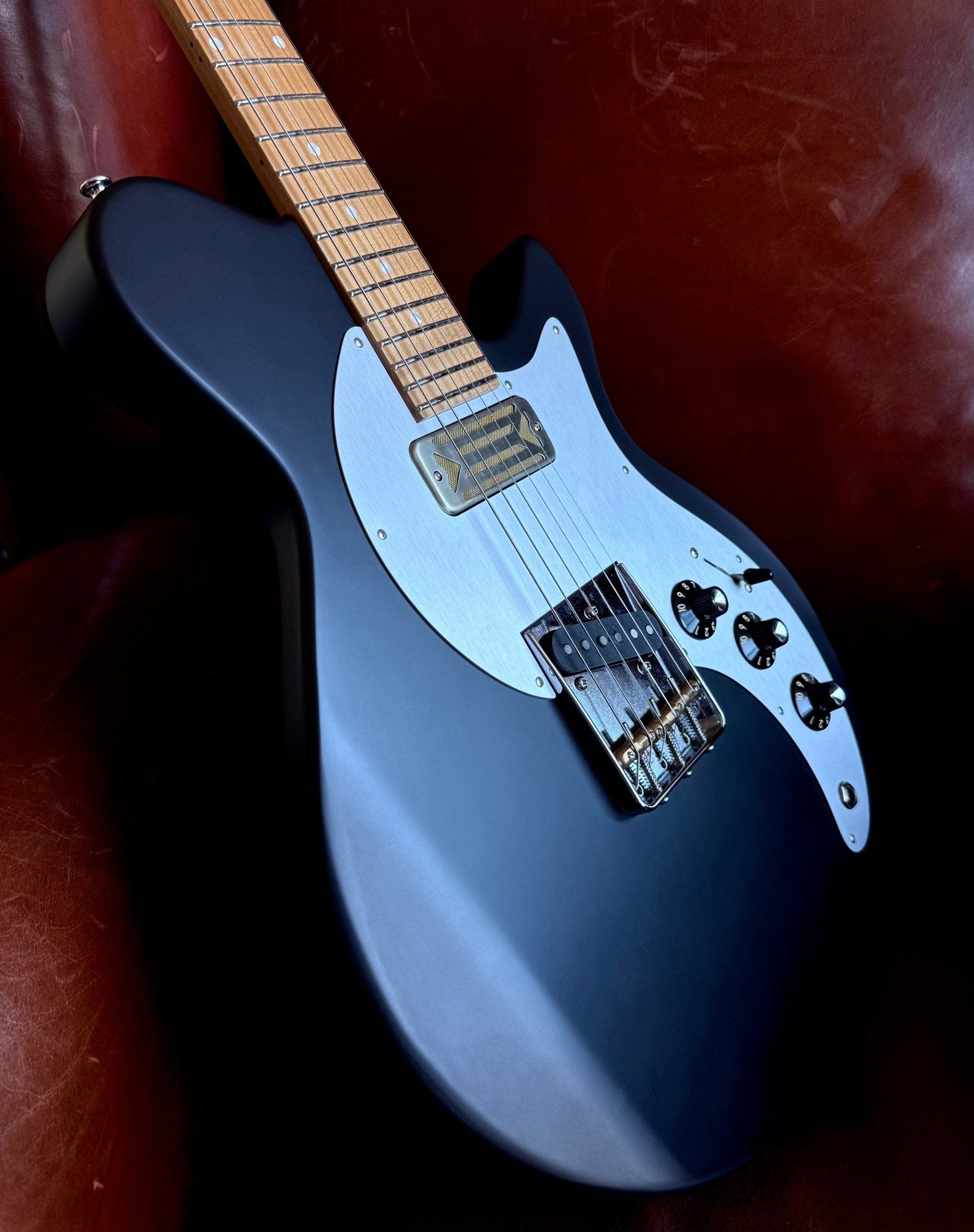




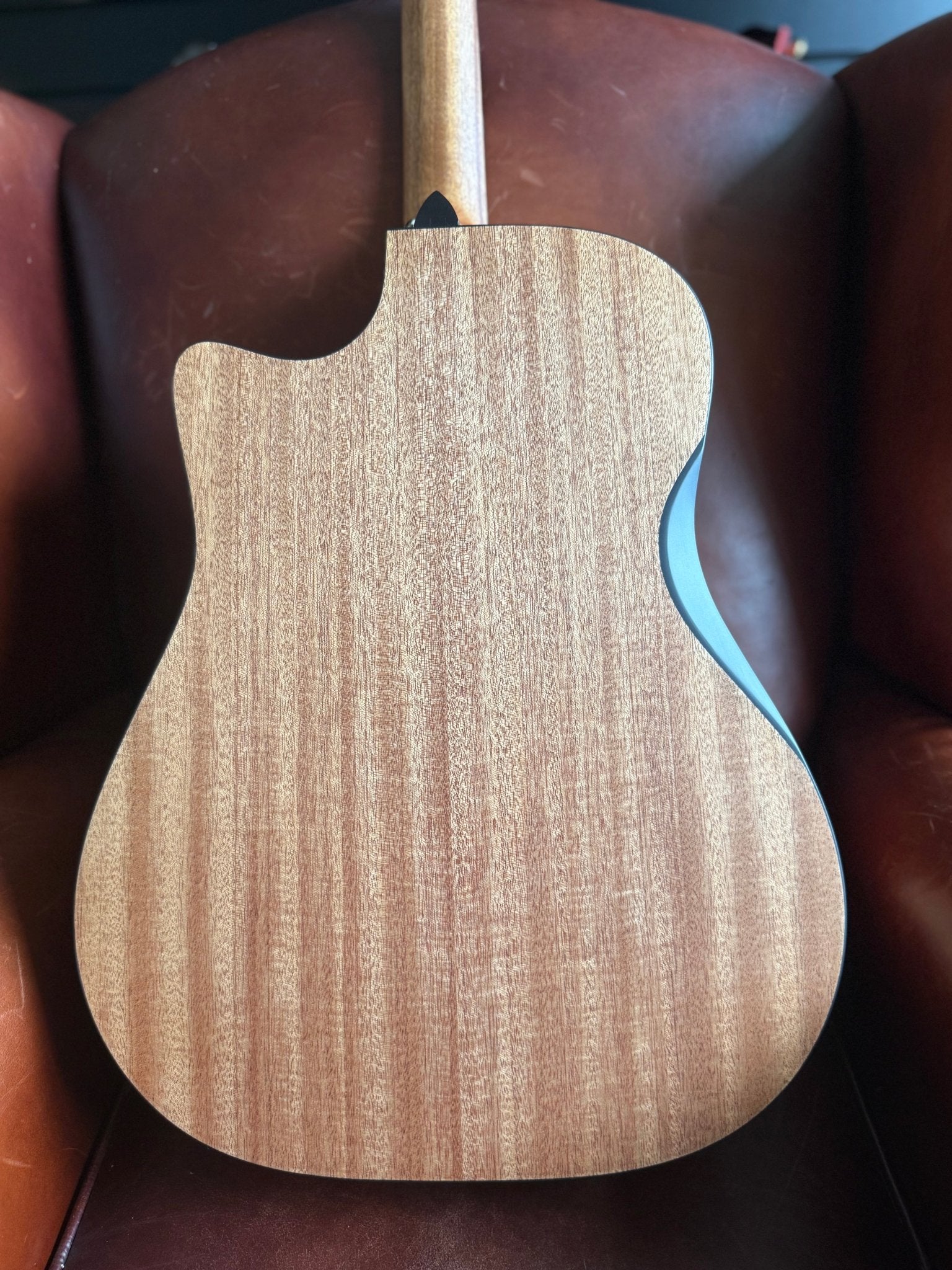






![Gordon Smith GS2 Deluxe Export 2019 [used] A1 Condition - Richards Guitars Of Stratford Upon Avon](http://rguitars.co.uk/cdn/shop/files/gordon-smith-gs2-deluxe-export-2019-used-a1-condition-4323398.jpg?v=1766153718&width=1072)
![Gordon Smith GS2 Deluxe Export 2019 [used] A1 Condition - Richards Guitars Of Stratford Upon Avon](http://rguitars.co.uk/cdn/shop/files/gordon-smith-gs2-deluxe-export-2019-used-a1-condition-9502671.jpg?v=1766153718&width=899)
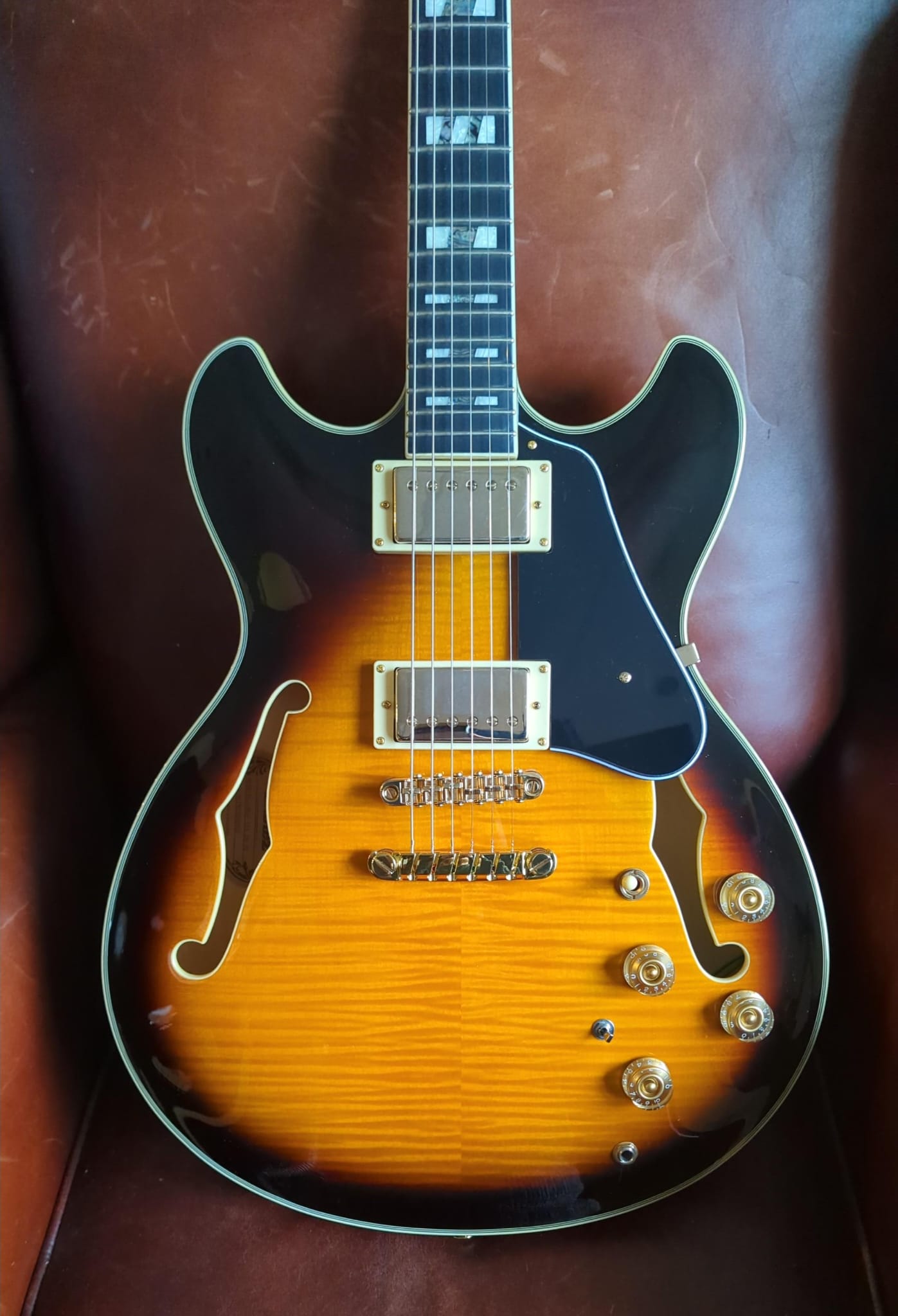

![G&L USA Made ASAT - late 80s/early 90s [Used] - Richards Guitars Of Stratford Upon Avon](http://rguitars.co.uk/cdn/shop/files/gl-usa-made-asat-late-80searly-90s-used-1091932.jpg?v=1761670676&width=1378)
![G&L USA Made ASAT - late 80s/early 90s [Used] - Richards Guitars Of Stratford Upon Avon](http://rguitars.co.uk/cdn/shop/files/gl-usa-made-asat-late-80searly-90s-used-7964817.jpg?v=1761670677&width=1828)
![Eastman AC630 - SB [Used] - Richards Guitars Of Stratford Upon Avon](http://rguitars.co.uk/cdn/shop/files/eastman-ac630-sb-used-5743157.jpg?v=1760421581&width=1080)
![Eastman AC630 - SB [Used] - Richards Guitars Of Stratford Upon Avon](http://rguitars.co.uk/cdn/shop/files/eastman-ac630-sb-used-2967411.jpg?v=1760421593&width=1569)
![Fender American Professional II Jazzmaster - Dark Night [Used] guitar for sale uk](http://rguitars.co.uk/cdn/shop/files/fender-american-professional-ii-jazzmaster-dark-night-used-6840250.jpg?v=1760421430&width=1602)
![Fender American Professional II Jazzmaster - Dark Night [Used] guitar for sale uk](http://rguitars.co.uk/cdn/shop/files/fender-american-professional-ii-jazzmaster-dark-night-used-4375294.jpg?v=1760421432&width=1476)
![Guild Brian May "Red Special" Limited Edition - early 90s - One of 1000 [Used] guitar for sale uk](http://rguitars.co.uk/cdn/shop/files/guild-brian-may-red-special-limited-edition-early-90s-one-of-1000-used-6139630.jpg?v=1760421357&width=1492)
![Guild Brian May "Red Special" Limited Edition - early 90s - One of 1000 [Used] guitar for sale uk](http://rguitars.co.uk/cdn/shop/files/guild-brian-may-red-special-limited-edition-early-90s-one-of-1000-used-9797150.jpg?v=1760421365&width=1644)




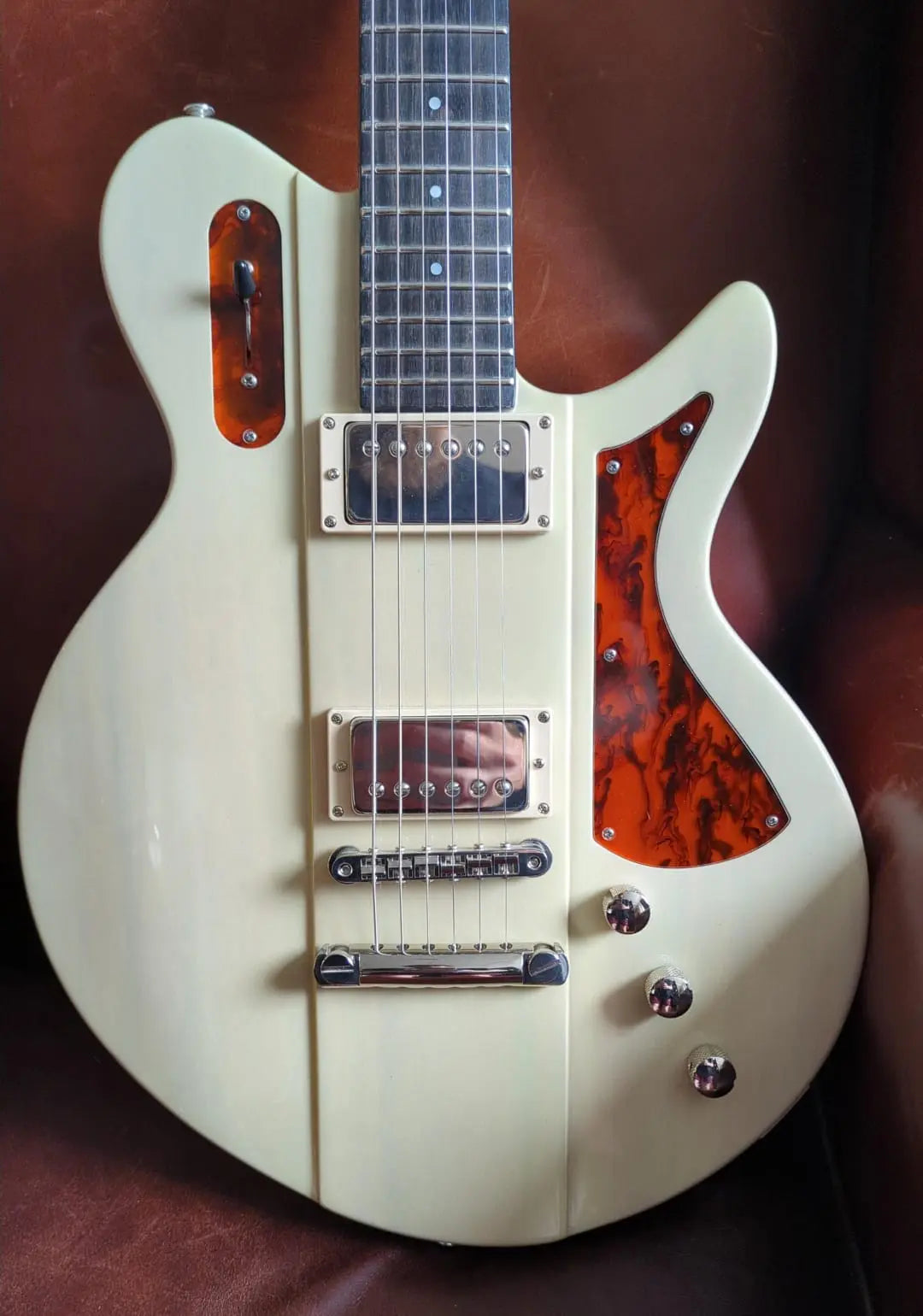



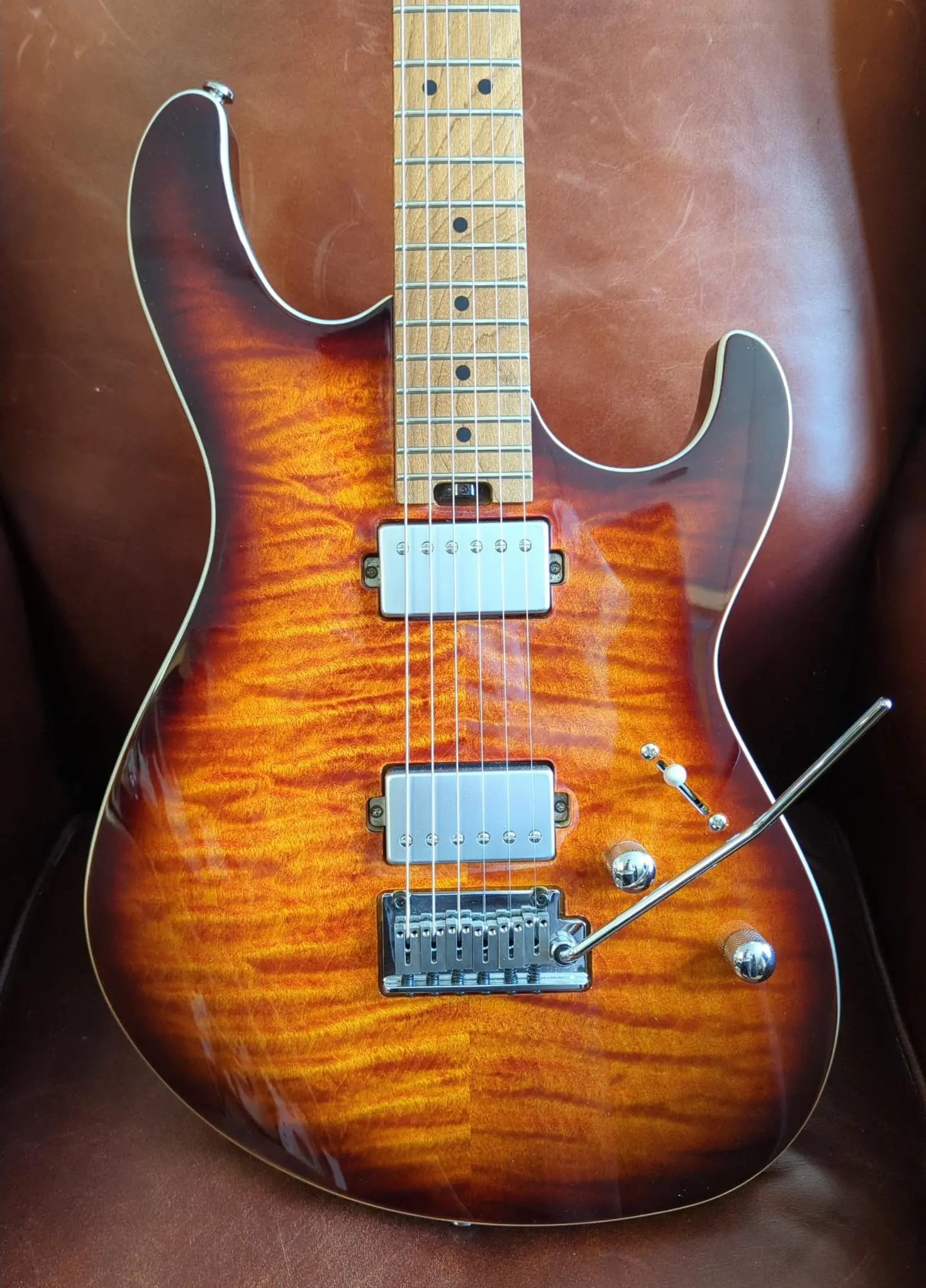
















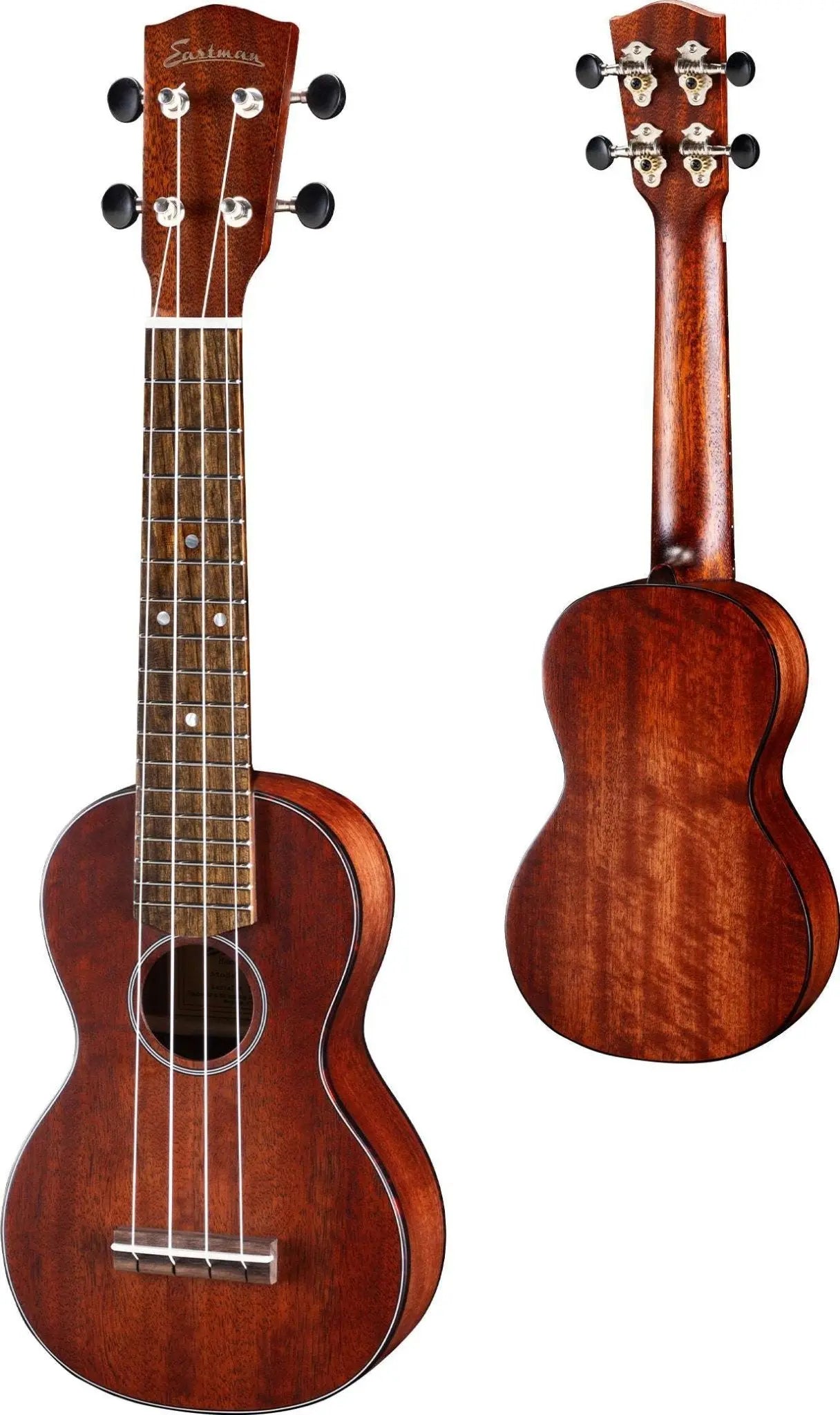
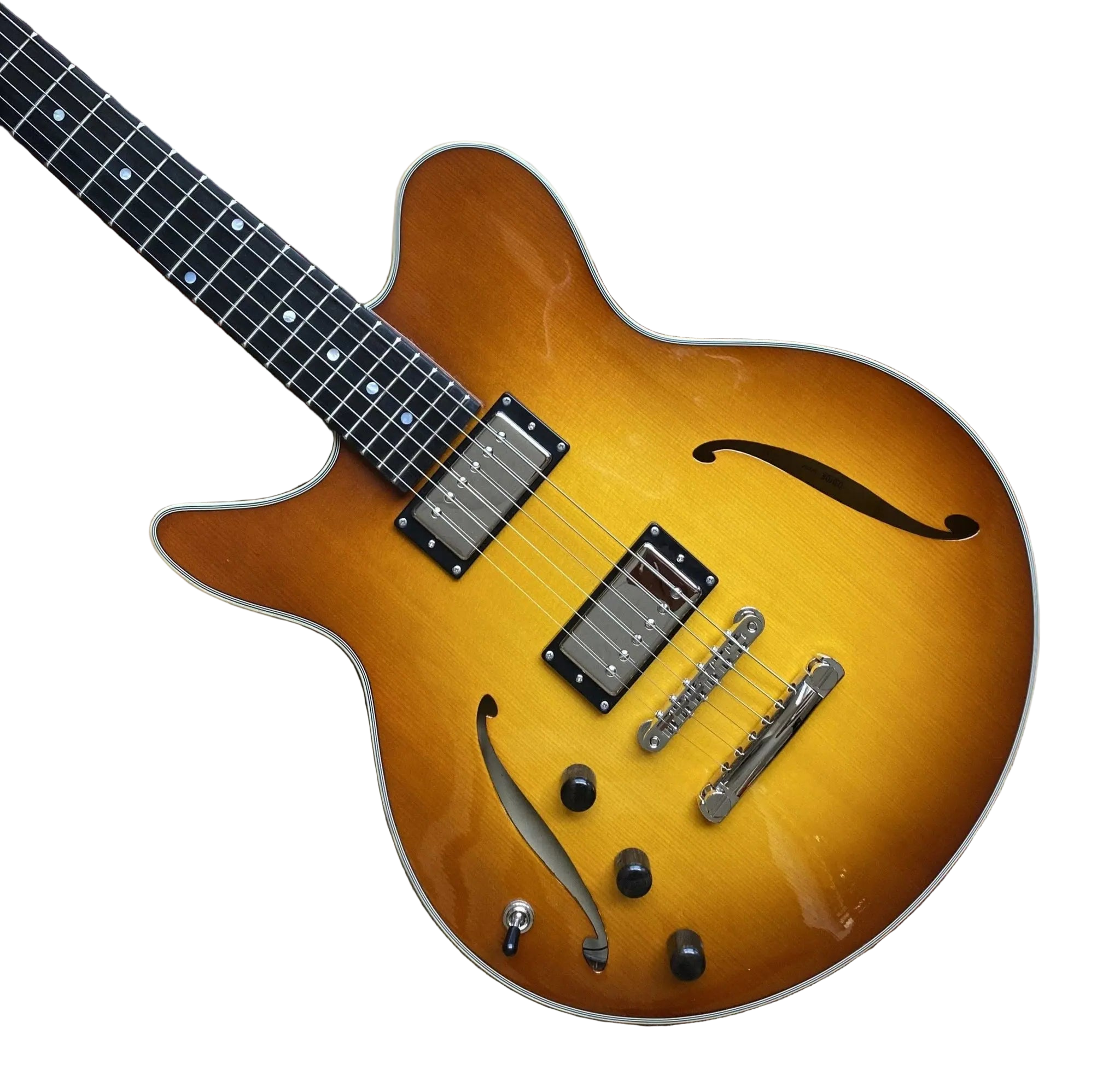
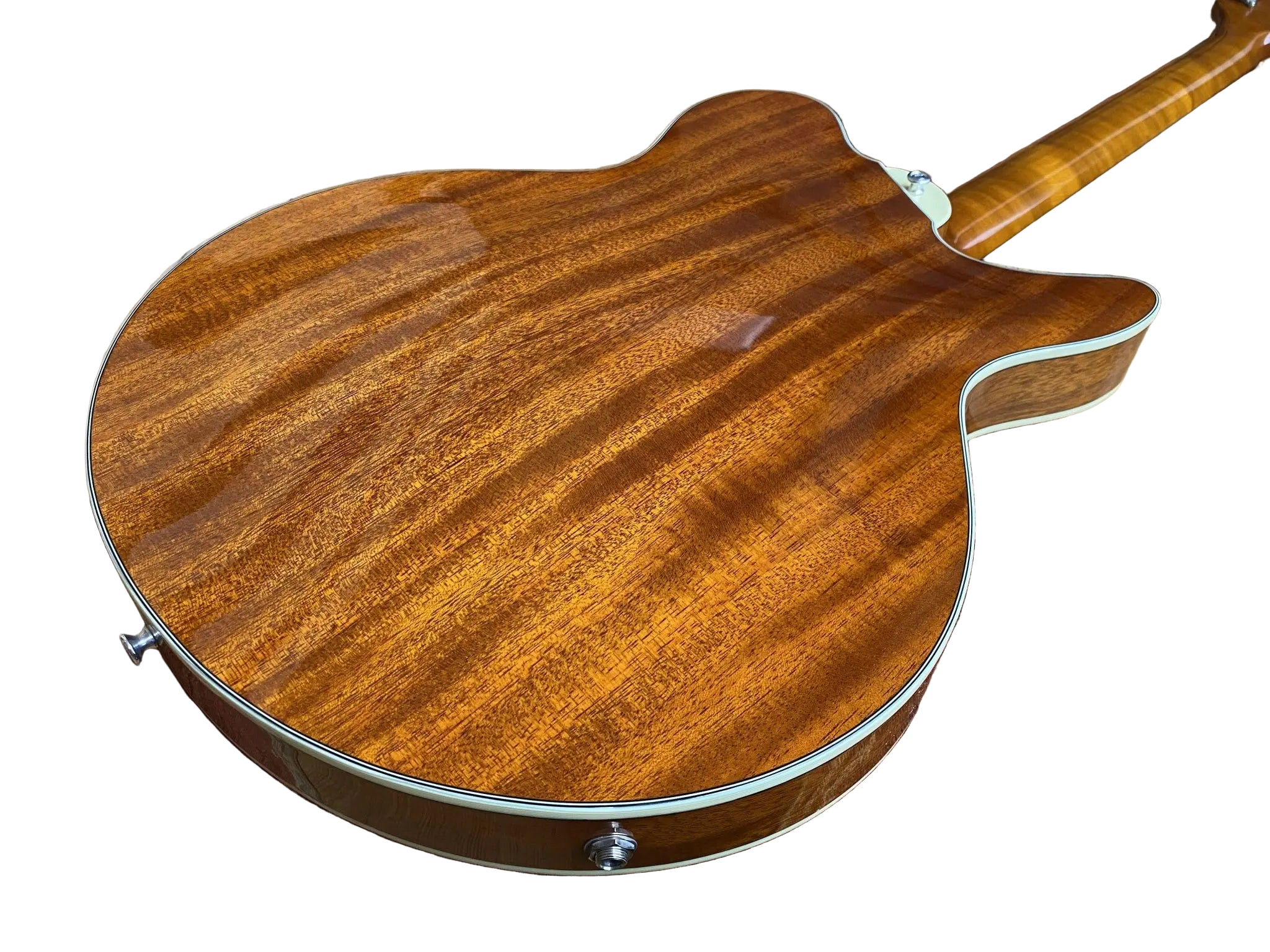



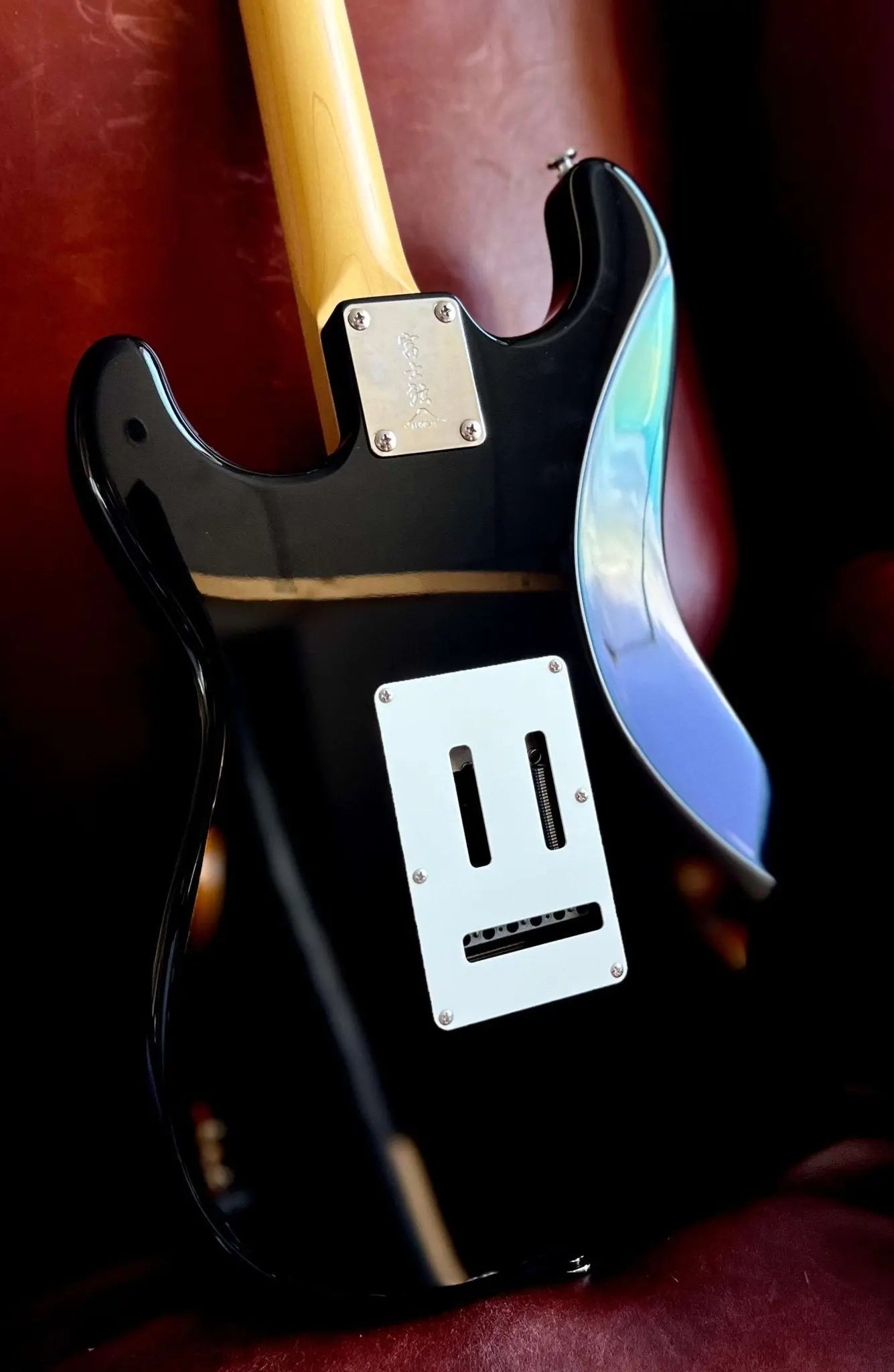











Leave a comment
This site is protected by hCaptcha and the hCaptcha Privacy Policy and Terms of Service apply.